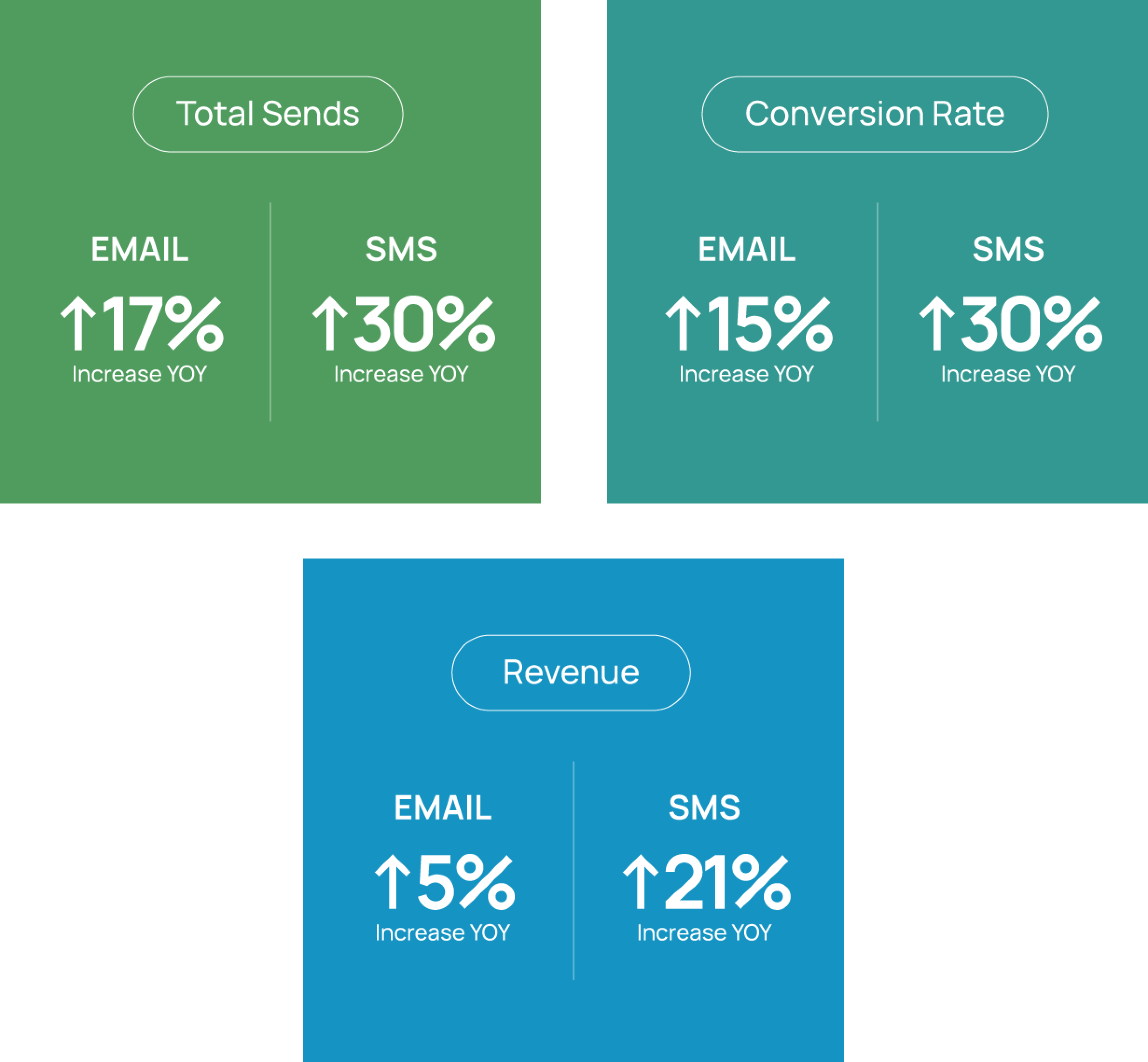Choosing the Best Popup Design for Your Goals


If you’re ready to grow your email list then a popup on your website is a must-have.

Although at first thought adding a popup to your website might sound aggressive, you’ll be surprised to learn that this tactic will quickly increase your email subscriber list.

Implementing popups on your site can help improve your subscriber rates by nearly 2%. Although it may not be a drastic increase, it means you are losing a huge number of site visitors when you do not provide them with an option to sign up for your email list through a popup.
There are many ways to use a popup to reach your customers. Whether you decide to do a subtle corner popup after the visitor is on the page for 30 seconds or a full-page popup before they hit that red X, you’ll capture their attention one way or another.
So why use popups on your website?
- Lower bounce rates
- Higher browse times
- Opted-in email subscribers

Getting Started is Easier Than You Think
Anytime you are considering implementing something new to your website can seem like a big task. But when it comes to popups, you can create a unique and eye-catching subscribe option that is bound to attract more visitors. An increase in email subscribers will, in turn, result in an increase in sales.
Getting started designing a popup may be a bit daunting, though. There are so many things to cover: Do you include an incentive? What design do you choose? Allow us to help! We’ve picked out a few popup designs that we love and hope that they will help you choose the best popup design for your goals.


Keep it Light and Airy

This traditional lightbox-style popup is very simple and clean while still maintaining the look and feel of the brand. Using CSS transitions, it slides onto the homepage about three seconds after you’ve arrived. Often times the timing of when a popup appears can make a big difference between capturing an email or now. Waiting a few seconds before sending the popup after the user lets them get a chance to visit the site and see what you’re about.
Using the angled photo, this popup adds visual interest while drawing a literal line down to the widest (and most important) part of the form: the email input box. This subtle but effective direction to the input plus the free shipping note in light blue really makes me want to enter my email and click “send” button.
Tip: If your website content is more central to the browser window, this design is a great option for you.

Be Big and Bold

Another sibling in the popup family is the full-screen. In order to really grab your user’s attention, these popups completely hide the website behind them. This type of popup demands the user’s attention and forces them to see the ad. They can generally click off of the popup or close out of it with a simple click of an X.
While designing these, it’s important to maintain the look and feel of your brand just in case your customer forgets what website they’re on (hey, it happens!). This one, in particular, does this perfectly. The background color is the brand’s specific colors, and they even took it a step further and included the logo at the top of the form. This way, without a doubt, the user always knows what site they’re on.
Another element that stands out about this popup is the offer used to entice the customer to sign up. Not only is the offer large and distinct in the headline, but it's also reiterated in the call-to-action button.
There was another bonus element that stood out in the example, the cool JavaScript counter directly under the button! This is a unique design element that you don’t see too often in popups so that really stood out.
Tip: If your website content is stretched across the whole screen, this design would fit seamlessly.

Try Clean and Subtle

Here we have the simplest popup of the bunch: the banner. These are great because they aren’t in your face or pushy; they’re simply there for you whenever you decide you’d like to subscribe. This means a first-time visitor to your website is given the chance to browse around and then make the decision if your brand interests them to sign up for your newsletters.
These popups don’t usually have imagery and since they’re so small, the copy is kept to a bare minimum. In this example, in particular, the black background really made this stand out on an otherwise very colorful website. This example does include a close button, but also adds a clever “don’t miss out!” headline right in front of it to play into all your FOMO fears.
Tip: Looking for a softer, subtler sell? This popup is perfect for you!

Build Your Subscriber List with Popups
When looking for new ways to build your email subscriber list, website popups are a great option. Once you’ve hashed out the design, copy, and when and where you want to implement the popups on your site, you’ll start seeing an increase in subscribers. To get the most out of your popups, spend time testing different variables to understand what resonates with your site visitors.
From there, you can start to communicate with your new subscribers and build a relationship to turn them into loyal customers through your current email marketing strategy. It all starts with that little popup. Which popup design speaks to you?
















.svg)
































.png)

